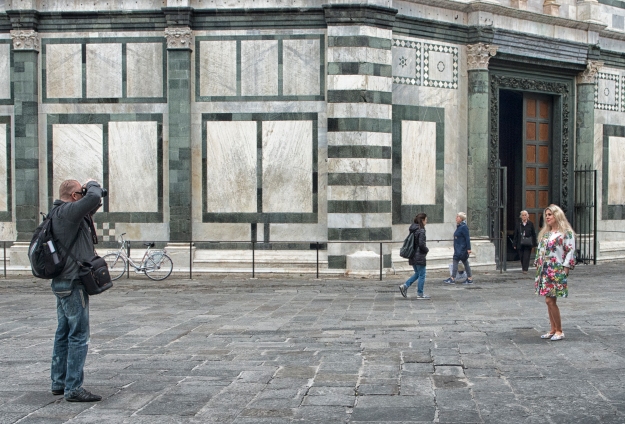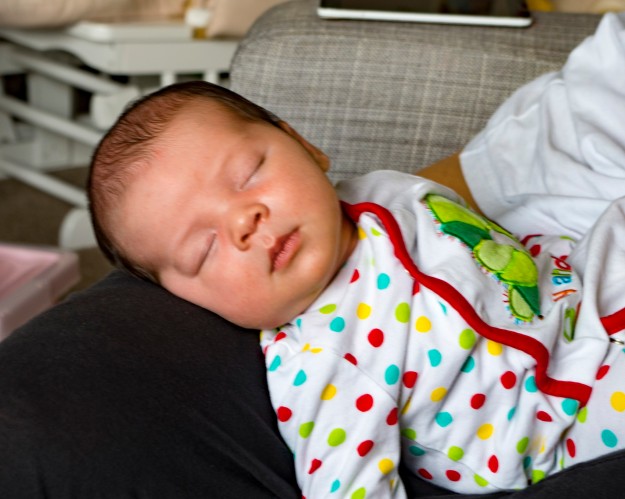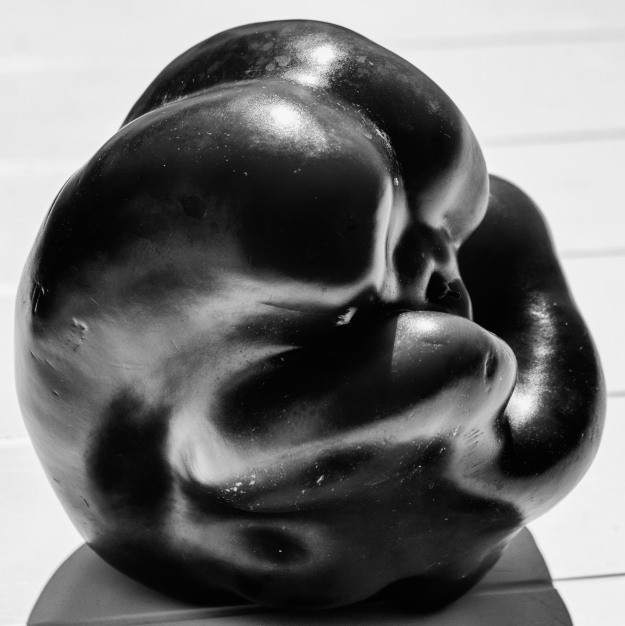
http://www.thebowesmuseum.org.uk/

There was an exhibition of black and white photographs by Martin Parr and Tony Ray-Jones curated by Martin Parr. We immediately noticed the huge difference between the actual prints which are energetic and powerful and the altogether greyer images seen on the computer screen.
Martin Parr’s ‘Only in England’ series is in a documentary style, respectful of his subjects and closely observed. Where there is humour he doesn’t ridicule or even suggest that we ‘look-at-the-funny-man’. The people in his pictures have names. It is important that they are not anonymous.This is Tom Greenwood, for example, cleaning his window. We might wonder whether he is wearing a suit and a hat because he is being photographed but he looks so at home in his formal attire that we suspect that this is his actual character. His odd way of working is not odd at all when you realise that if he placed the step ladder on the pavement he would be able to reach even less of the window he’s cleaning.

Only in England is about British culture and mores in the seventies but it also says something about the human condition, about living in a small community and just getting on with your own way of life. His subjects are not eccentric. They are normal people doing everyday things and finding everyday solutions to everyday problems. However, there is something melancholy about the series too. Even though at my age I recognise so much of the way of life depicted here I can see that so much of it has passed. The Chapel at Crimsworth Dean is a private house now.
Tony Ray-Jones took a series of pictures of seaside scenes and English customs. There is often a surreal element in his images. People exist in their own bubble regardless of the world around them. He cuts people off at the edges of his pictures as if to suggest that there is much more to be seen but this, his subject, is what he wants to draw your attention to. Its as if he could have pointed his camera anywhere and found something similar. “He showed the British a picture of themselves at which they could laugh, but also appreciate. It was somewhat lacking in political edge, but it was a vision that contained a degree of truth.”(1)

(1) Badger,G. (2014) The Genius of Photography. Quadrille Publishing Ltd.












